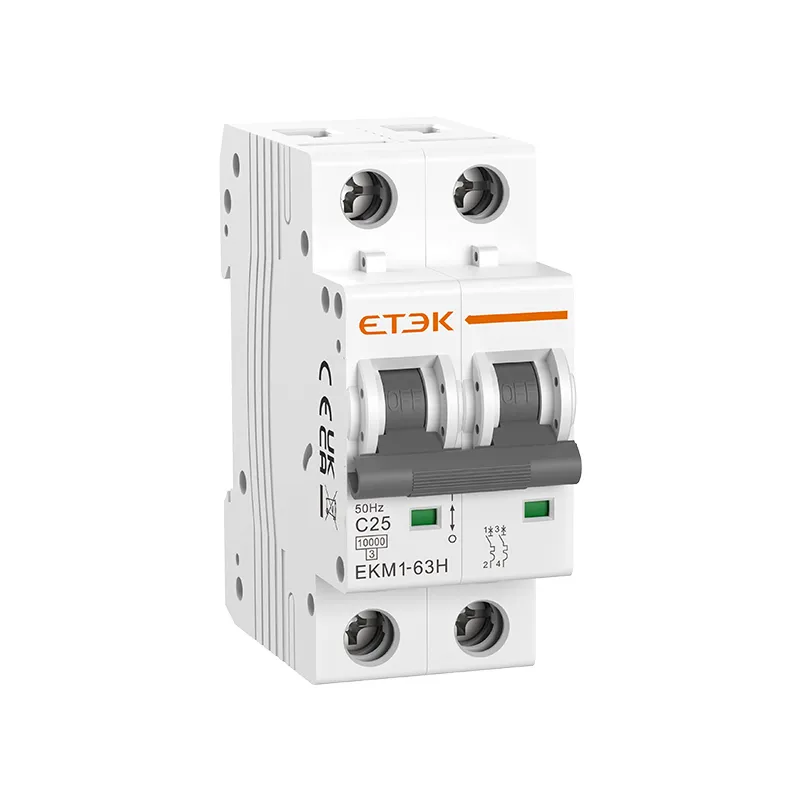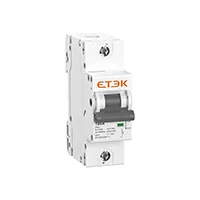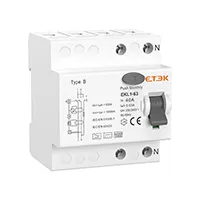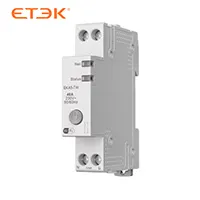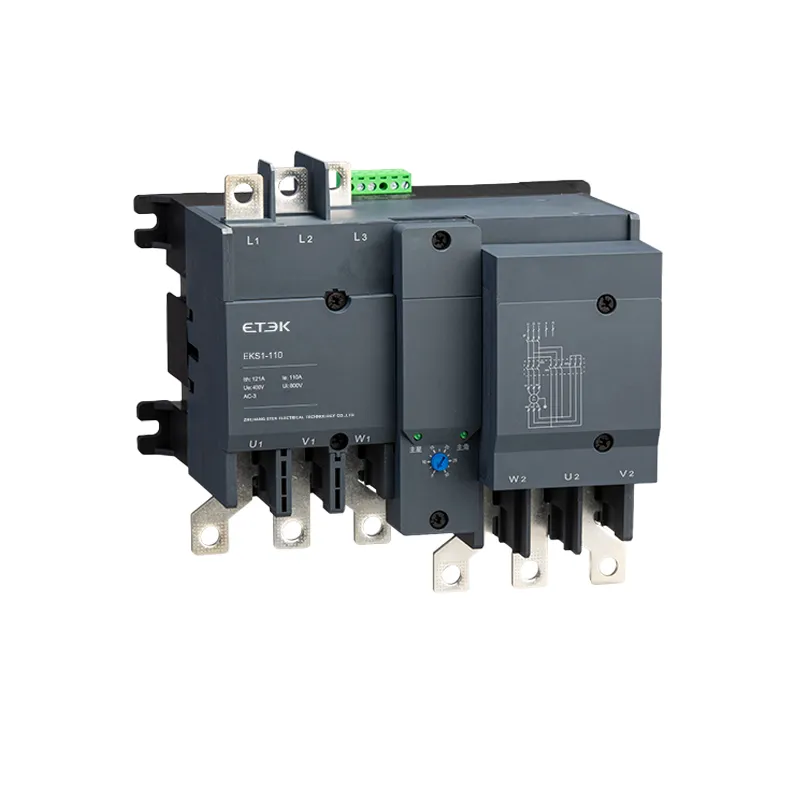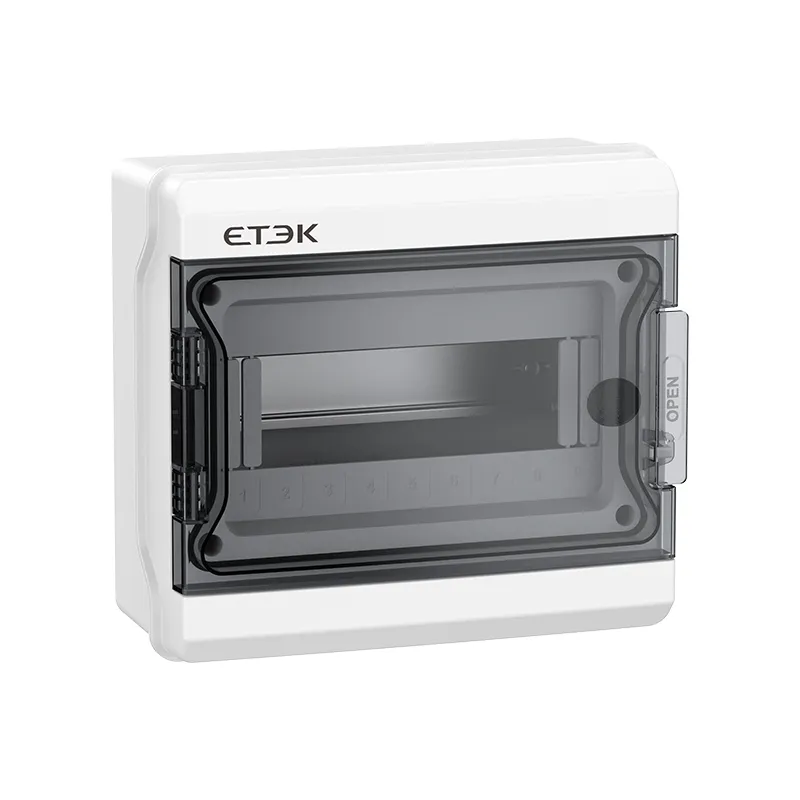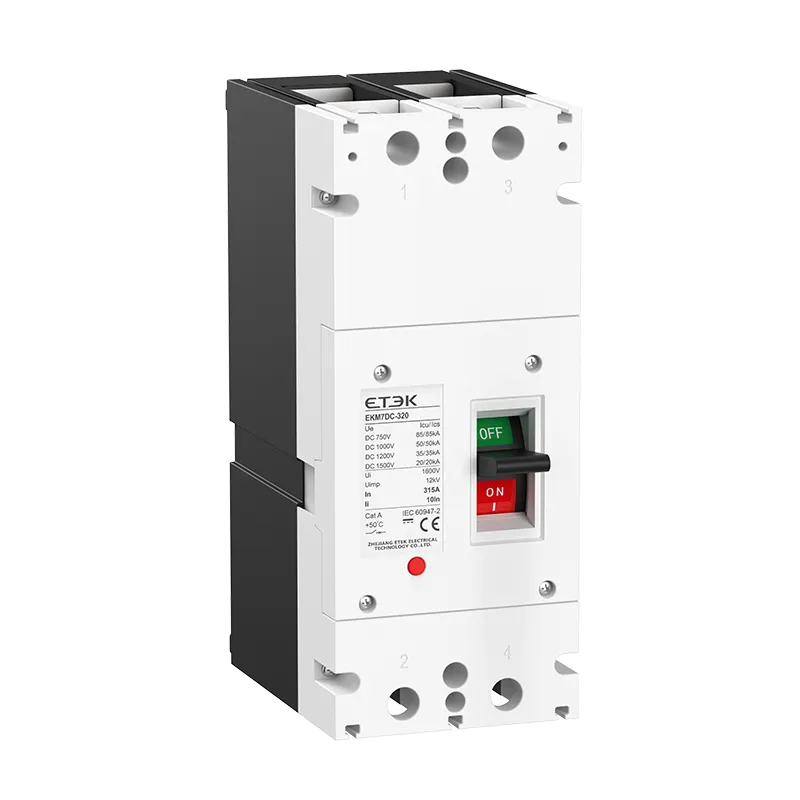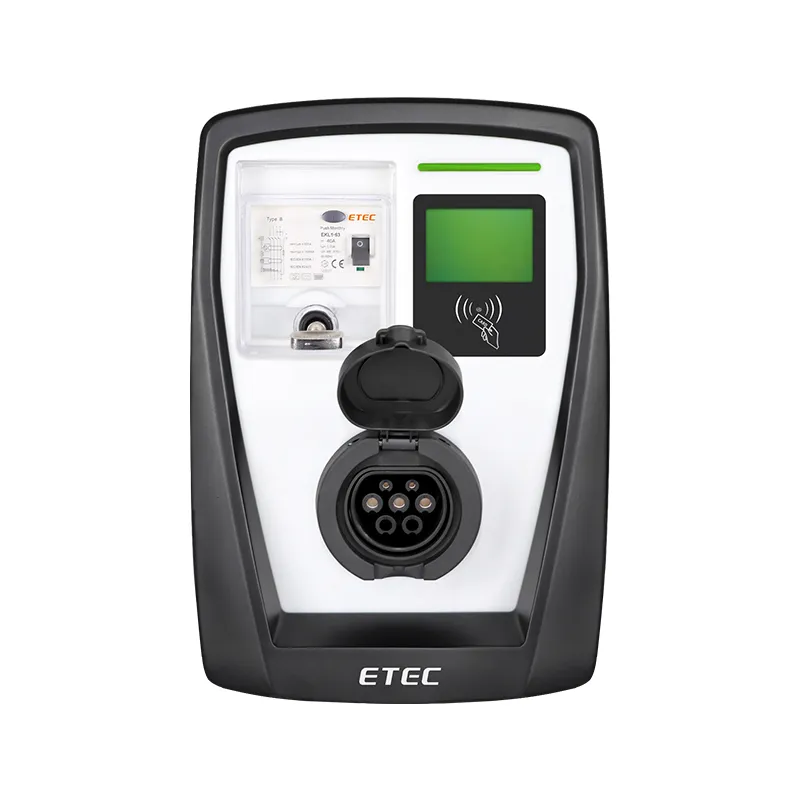The Different Types Of Contactors And How They Work?
A contactor is an electrical device used to control and switch power circuits, and different types of contactors are designed for specific applications.
What are the common contactor types?
1. AC contactor
AC contactors are specifically designed to control alternating current (AC) circuits.
How does an AC contactor work?
The AC contactor consists of an electromagnetic coil and a set of contacts. When the coil is energized, it creates a magnetic field that pulls the contacts together, closing the circuit. When the coil is de-energized, the contacts separate, breaking the circuit.
2. DC contactor
Similar to AC contactors, but DC contactors are used to control direct current (DC) circuits.
Features designed to handle DC voltages, such as arc suppression.
How does a DC contactor work?
The DC contactor attracts the movable contact and the fixed contact through the magnetic force when the power is turned on, and closes the circuit; when the power is turned off, the magnetic field disappears, and the spring or other mechanism separates the contacts to open the circuit.
3. Thermal overload contactor
Thermal overload contactors have built-in overload protection.
How does a thermal overload contactor work?
Thermal overload contactors are equipped with bimetal strips or heating elements that react to overheating caused by overload conditions. When the temperature exceeds a certain threshold, the strip or heater triggers a mechanism that opens contacts and interrupts the circuit.
4. Reversible contactor
Reversing contactors are used in applications where the motor needs to change the direction of rotation, such as industrial machines.
How does a reversing contactor work?
Reversing contactors consist of two interlocking contactors that allow the motor to run in both forward and reverse directions. Motor direction is reversed by energizing one contactor and de-energizing the other.
5. Vacuum contactor
Vacuum contactors use vacuum instead of traditional air or oil as the arc extinguishing medium. Vacuum contactors offer advantages such as longer electrical life, reduced maintenance and increased reliability. Vacuum contactors are often used in high voltage applications.
How does a vacuum contactor work?
The vacuum contactor uses vacuum as the arc extinguishing medium. In the closed state, the current forms a closed circuit through the movable contact and the fixed contact; in the open state, the arc is extinguished and the current flow is prevented by the surrounding vacuum environment.
6. Specific purpose contactor
These contactors are designed for specific applications such as air conditioning units, refrigeration systems or lighting control. Optimized for specific load types with features tailored to specific applications.



.webp)
